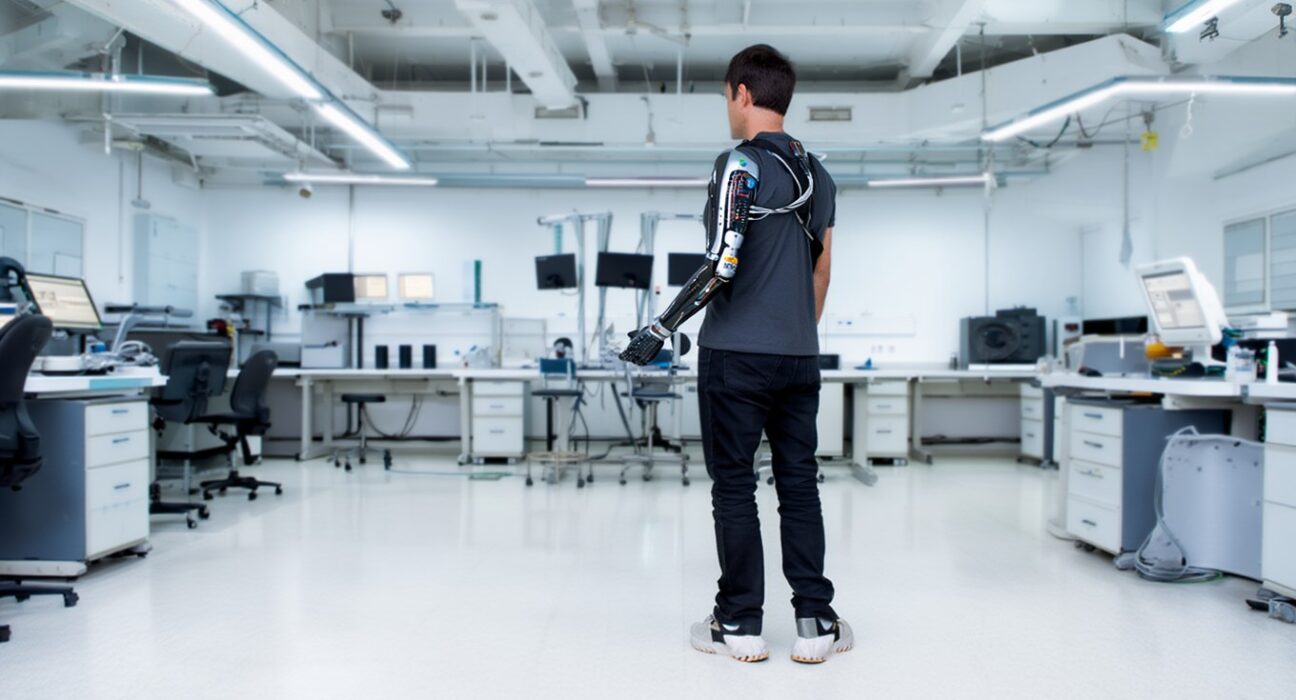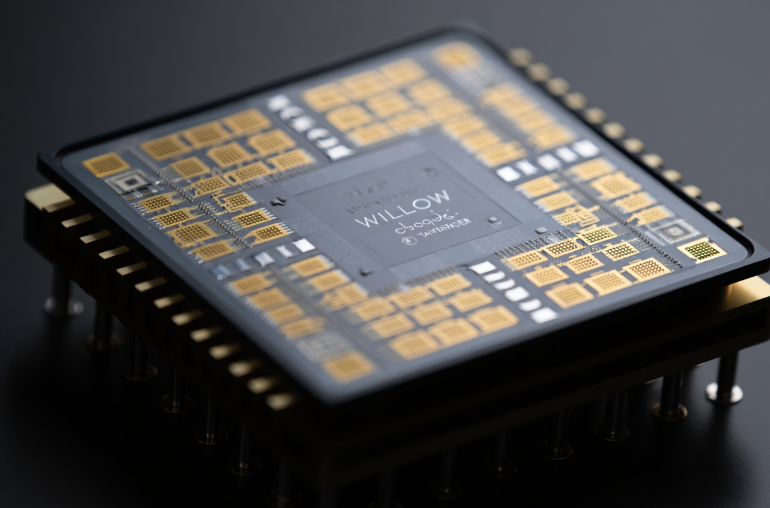Innovation can come from the most unexpected places — even a teenager’s basement. Benjamin Choi, a high school student with a passion for engineering, has developed a mind-controlled prosthetic arm that could transform the future of assistive technology.
What makes Choi’s invention so extraordinary is not just its function but its accessibility. Using a basic $75 3D printer and freely available materials, he built a non-invasive device that interprets brain signals and converts them into movement. Unlike many high-tech prosthetics that require costly implants or surgeries, Choi’s design eliminates those barriers, opening the door to advanced prosthetics that are both effective and affordable.
The arm works by using sensors to detect neural patterns, which are then processed by custom-built algorithms to control movement. This approach provides users with a natural, intuitive way to interact with their prosthetic limb. For individuals who have lost an arm or were born without one, the potential to regain mobility and independence without invasive procedures is life-changing.
Experts in the field have praised the project as a remarkable demonstration of ingenuity and determination. While still in its early stages, the technology shows promise for mass adoption, especially in communities where access to advanced medical devices is limited.
Choi’s achievement also underscores the broader trend of democratizing technology. With the right tools, knowledge, and creativity, life-changing innovations no longer need to emerge exclusively from high-budget labs or multinational corporations. Sometimes, they begin in the hands of determined young minds working out of their own homes.
If scaled and refined, this breakthrough could make sophisticated prosthetics accessible to millions — proof that the future of healthcare innovation may already be taking shape in unexpected places.
Teen Builds 3D-Printed Mind-Controlled Prosthetic Arm






